The flag of Iceland encapsulates the country’s profound connection to its natural surroundings and the resilient spirit of its inhabitants. It combines elements reflecting the nation’s environmental features and cultural values, making it a recognizable icon of Iceland’s enduring character and commitment to preserving its unique traditions and landscapes.
Flag of Iceland
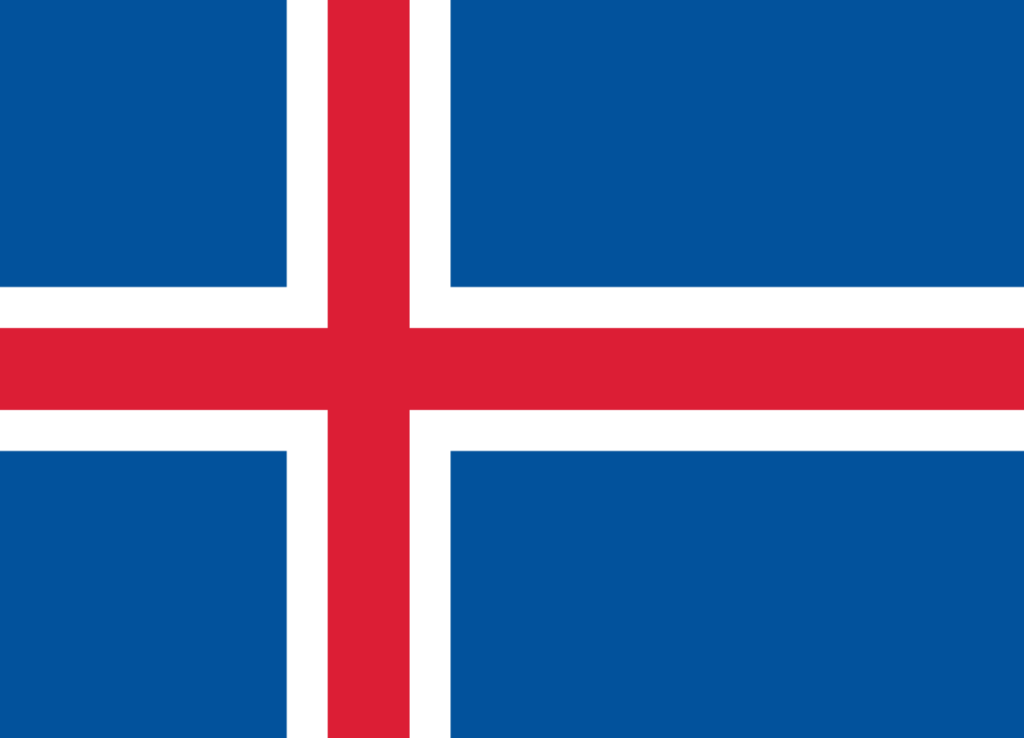
The flag of Iceland showcases a distinct Nordic cross design set against a deep blue background. The cross, extending to the flag’s edges, comprises a white outer part and a red inner part.
This design, emblematic of Nordic traditions, underscores Iceland’s links with its Scandinavian counterparts, embodying a harmonious blend of the country’s geographical and cultural distinctiveness.
Flag of Iceland: Color Palette
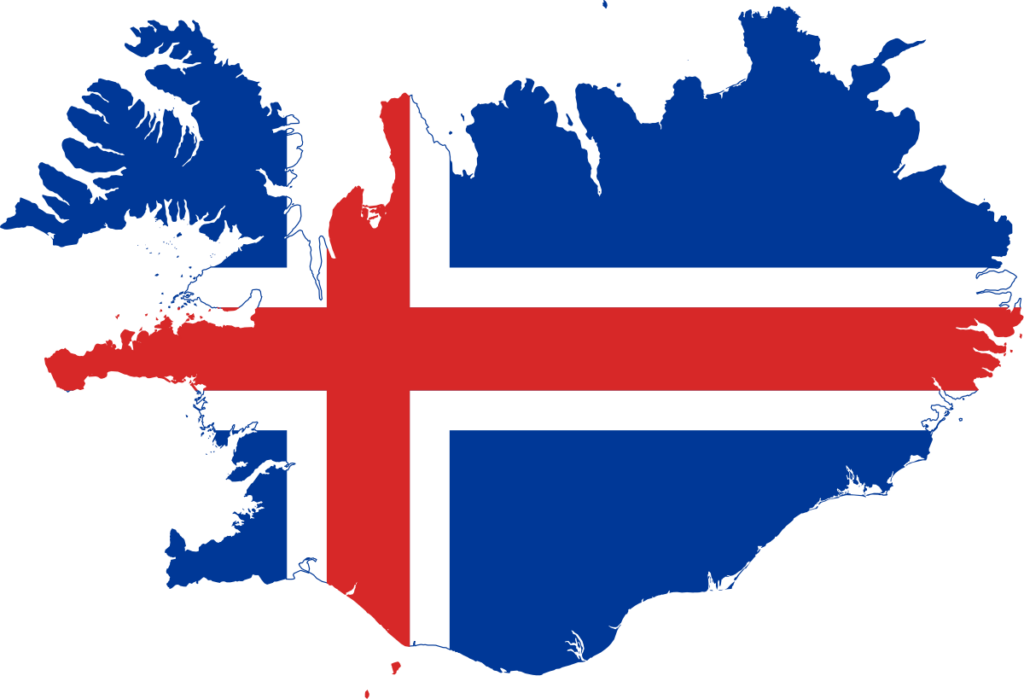
Iceland Flag Emoji: 🇮🇸
The color palette of Iceland’s flag is a thoughtfully curated selection, each hue holding significance and contributing to the flag’s overall symbolism. These colors are more than mere visual elements; they are deeply rooted in the nation’s identity and environment.
Meaning of Each Color
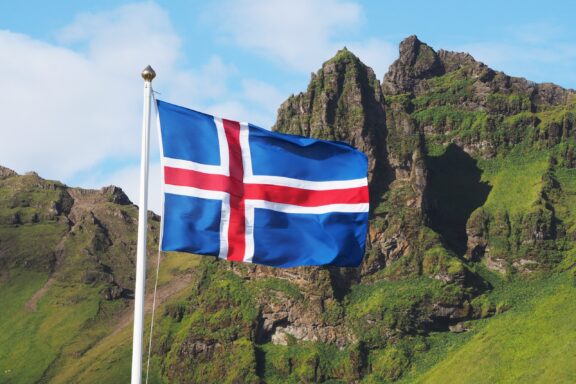
Blue
The blue background represents the Atlantic Ocean surrounding Iceland and the country’s mountains as viewed from the coast. This color is a vital part of Iceland’s geographical identity, symbolizing the omnipresence of the ocean and the majestic nature of the Icelandic landscape.
White
The white of the cross symbolizes the snow and ice that cover much of Iceland for most of the year. This color reflects the country’s well-known glacial landscapes and the purity and serenity of its icy terrains.
Red
The red in the cross is reminiscent of the volcanic fires, a characteristic feature of Icelandic geography. This color signifies the volcanic activity integral to Iceland’s natural environment and represents strength and resilience.
Iceland’s Coat of Arms
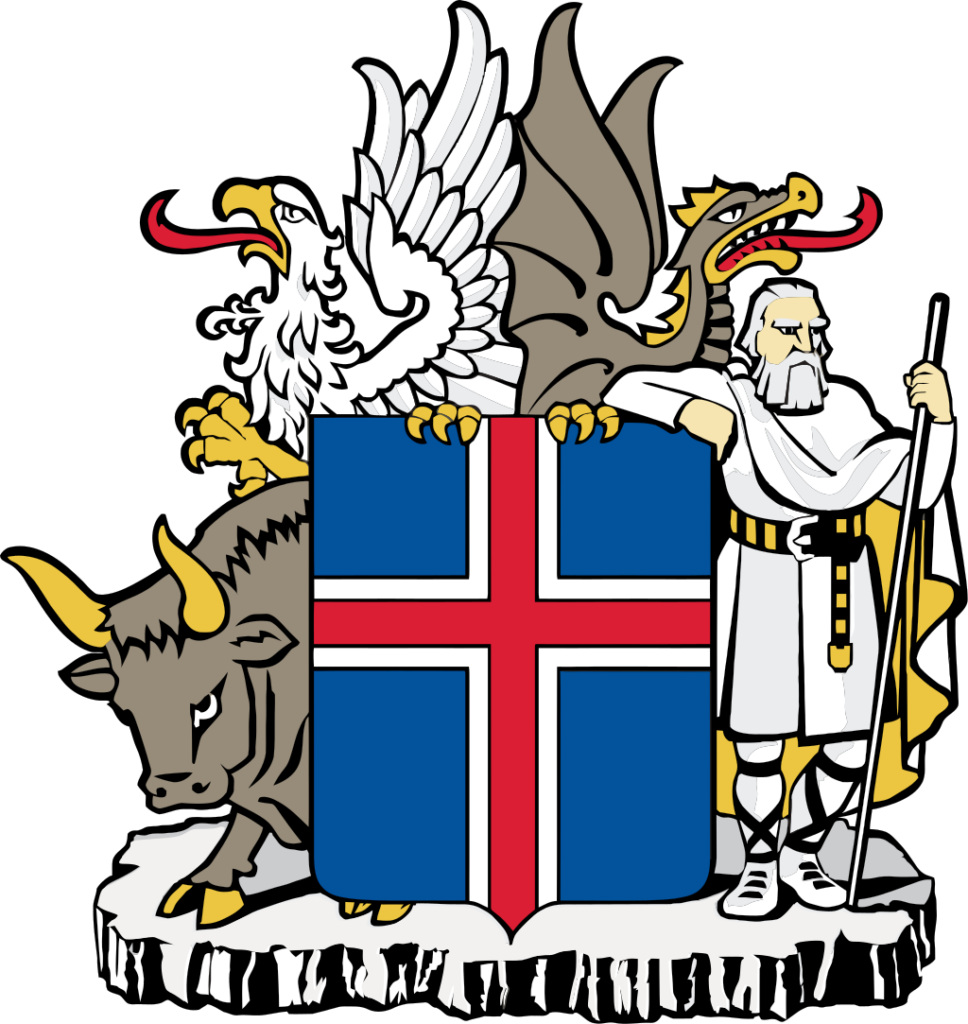
The Coat of Arms of Iceland symbolizes the nation’s history, mythology, and cultural values. Featuring the Landvættir, protectors from Icelandic folklore, it represents the country’s strength and resilience.
This emblem reflects Iceland’s deep connection to its mythological past and Viking heritage, symbolizing the unity and pride of its people. The Coat of Arms is a testament to Iceland’s rich cultural narrative and enduring character.
Historical Evolution and the Meaning Behind Changes
The flag of Iceland has undergone a significant transformation over time, mirroring the nation’s journey toward independence. Iceland initially experimented with various flag designs that symbolized its distinct cultural and geographic characteristics.
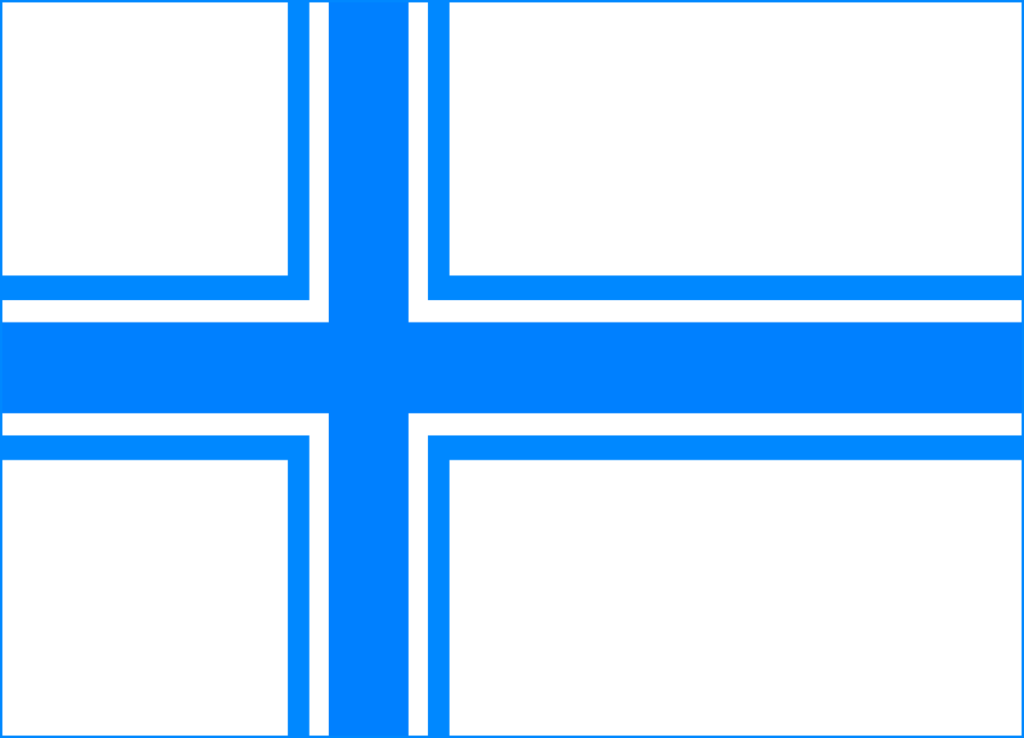
The move to adopt a flag design with a Nordic cross in 1915 marked a pivotal moment, reflecting Iceland’s connections with Scandinavian heritage. This design also served as a crucial step towards establishing a unique national symbol.
The initial flag design adopted in 1915 symbolized national identity, especially during Iceland’s pursuit of sovereignty.
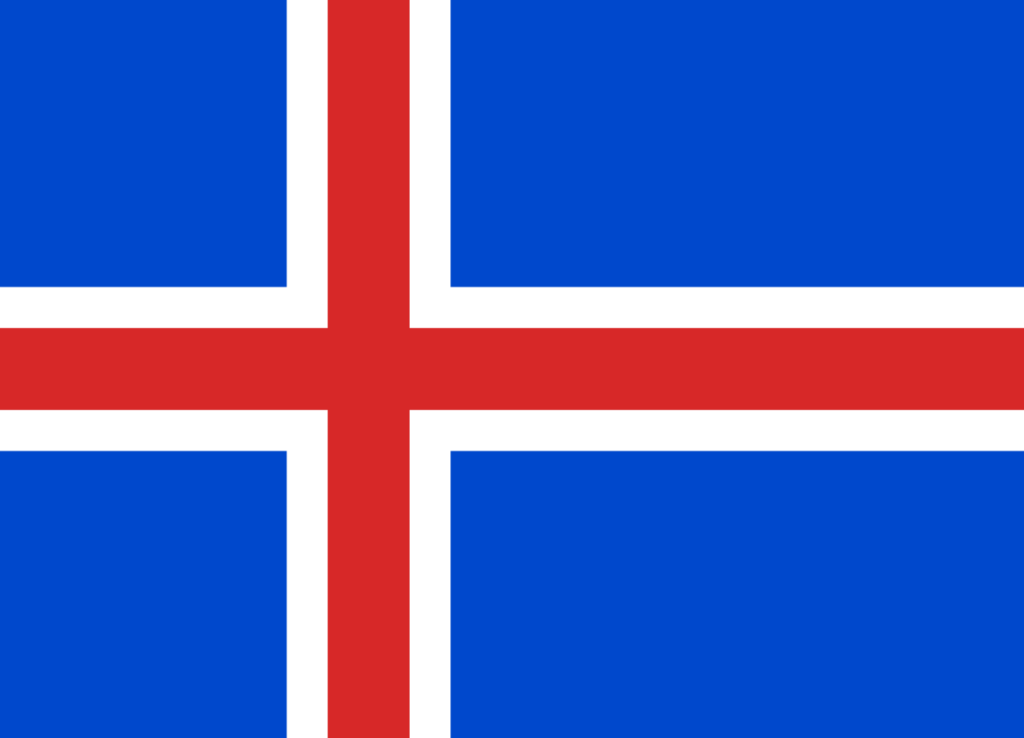
By the time Iceland became an independent republic in 1944, the flag had been standardized, solidifying its status as a national emblem and representing Iceland’s distinct cultural and historical narrative.
Throughout its history, the flag of Iceland has been a dynamic symbol, evolving in design and significance to reflect the nation’s changing aspirations and status on the world stage.
Overall Symbolic Meaning of the Flag
The flag of Iceland stands as a unifying emblem, encapsulating the essence of Iceland and its environmental landscape. Overall, it symbolizes the harmony between Iceland’s rugged nature and its historical journey, embodying the spirit and resilience of its people.
Similar Flags to the Flag of Iceland
Iceland’s flag shares similarities with several Nordic nations’ flags, each reflecting a shared regional heritage. Here’s a look at the top flags similar to Iceland’s
Norway
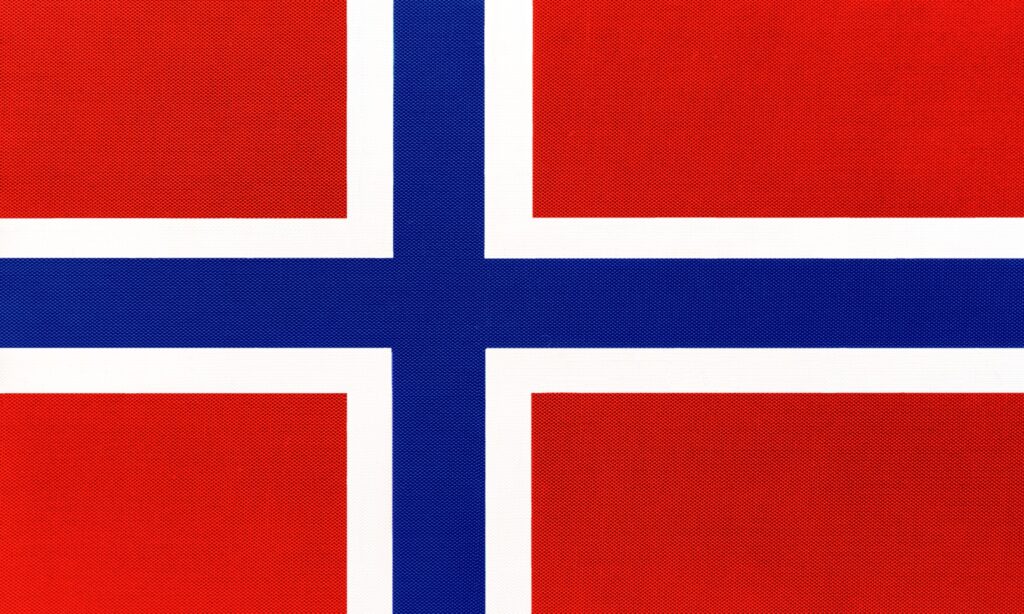
The flag of Norway also features the Nordic cross. Like Iceland, the cross in Norway’s flag reflects its history and ties to other Nordic nations.
The color scheme is different, but the overall design principle of the cross off-center towards the hoist side is a common element.
Faroe Islands
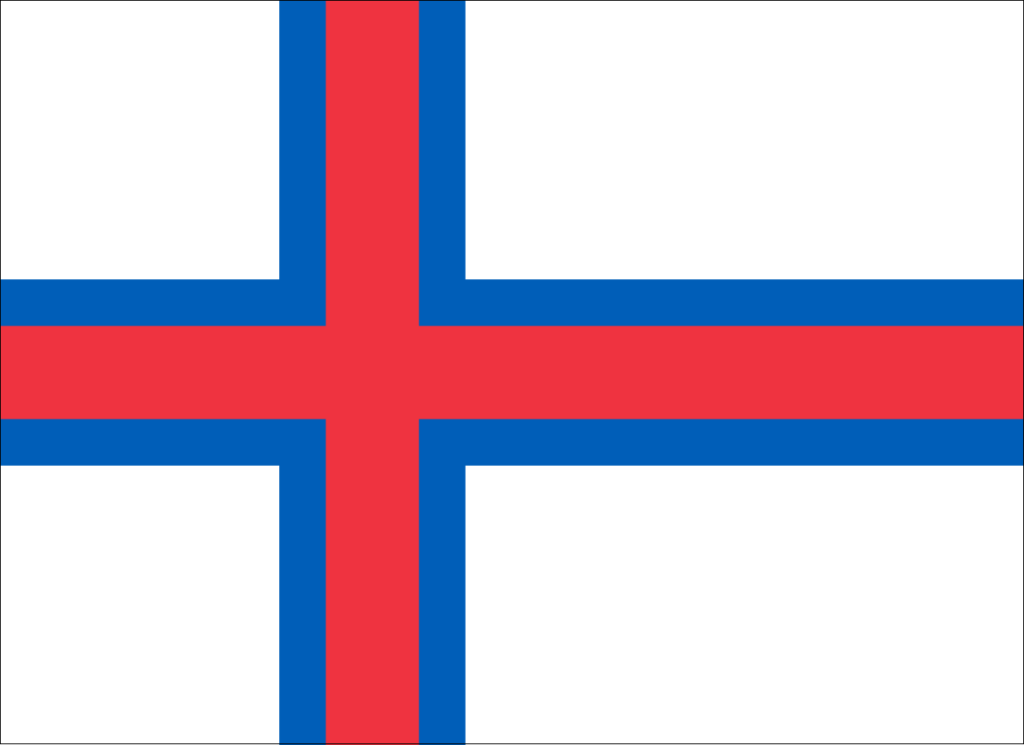
The Faroe Islands flag, known as the Merkið, also incorporates the Nordic cross. It features a white cross outlined in red on a blue field.
This design signifies the Faroe Islands’ historical and cultural ties with other Nordic countries and is similar to Iceland’s flag in its use of the Nordic cross and a blue background.
Finland
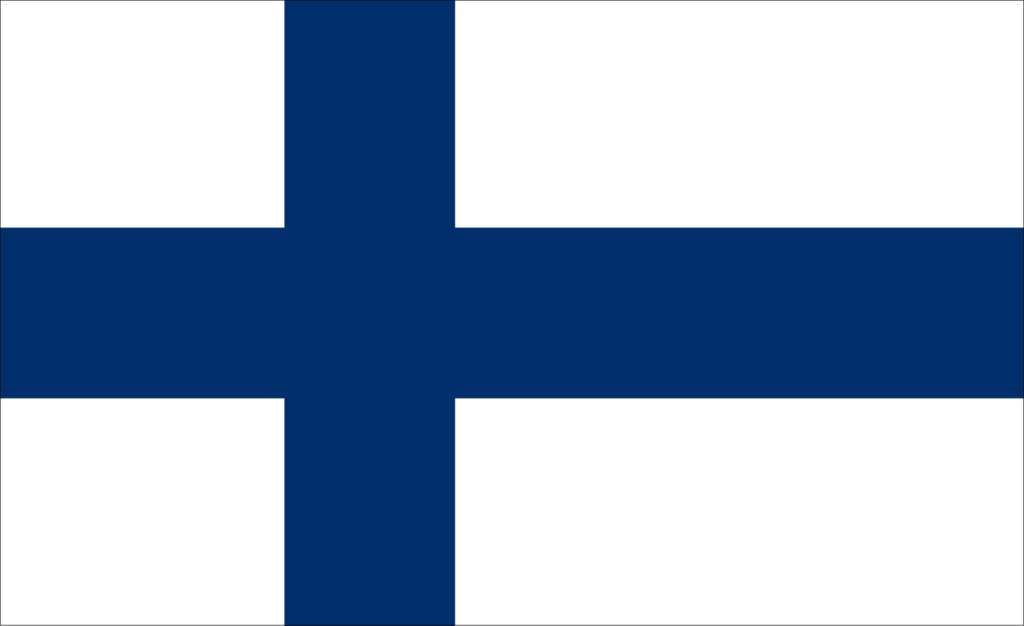
The flag of Finland, with its blue cross on a white background, also shares the Nordic cross design. This similarity indicates the Nordic region’s cultural and historical bonds.
Sweden
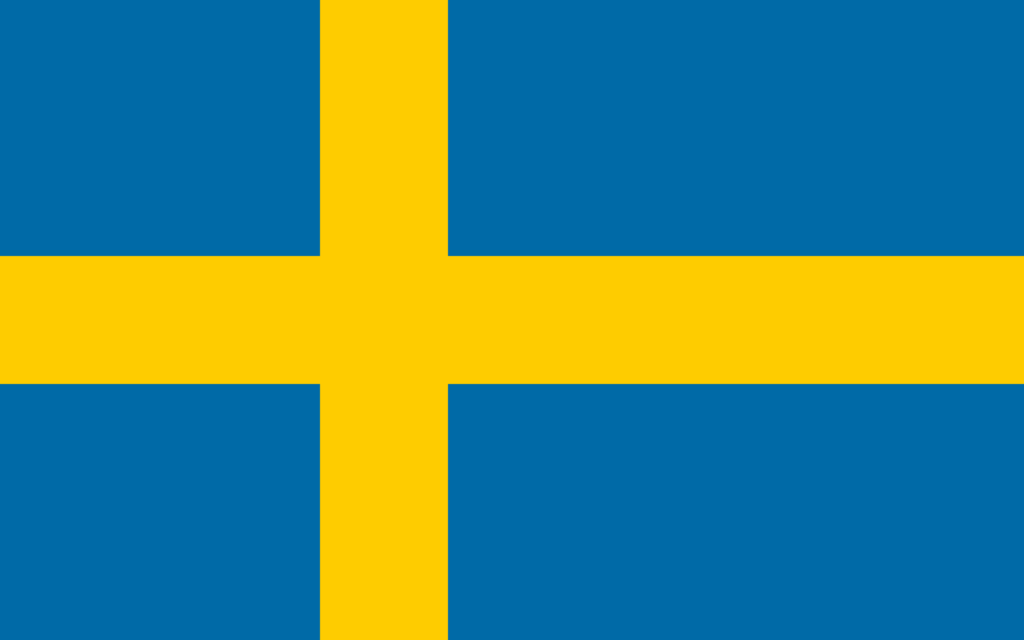
The Swedish flag, bearing a yellow or gold Nordic cross on a blue field, is another example of the shared design element that reflects a common Nordic heritage.
Conclusion
The flag of Iceland symbolizes national unity and pride, reflecting its unique landscape and heritage. Internationally, it highlights Iceland’s distinct identity and Nordic connections, resonating with its people’s spirit and history.
Image Sources and Copyright Information
- Icelandic Flag Against Mountainous Background: © andzher/Shutterstock